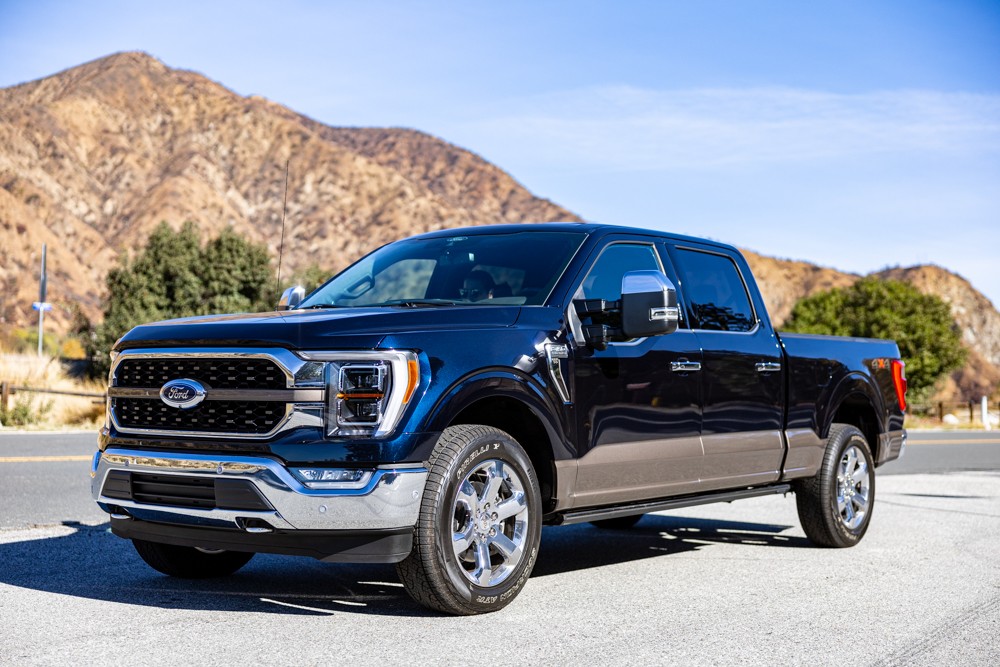It wasn’t long ago that buying a new truck was a reasonably affordable proposition. A basic, well-equipped Ford F-150 could be driven off the lot for under $20,000. Even the older Ford Ranger models were available around the $10,000 mark. While the Ford Maverick has reintroduced a more budget-friendly option, for the most part, truck prices have skyrocketed, reaching well into six figures for top-tier models. This begs the question: Why Are Trucks So Expensive today?
To understand the current truck market, it’s important to look at the evolution of these vehicles.
From Basic Work Vehicles to Multi-Purpose Machines
In their early days, trucks were designed primarily as utilitarian tools. They were built for work, farming, and hauling. Functionality was the priority, and features were kept simple and practical. Regular cab, long bed configurations were the norm because they maximized cargo space and work capability. However, the role of the truck has dramatically shifted over time.
Today, trucks are no longer solely confined to worksites. They’ve become increasingly popular as daily drivers and family vehicles. This change in consumer demand has led to a significant shift in the types of trucks manufacturers produce. Now, SuperCrew cabs with shorter beds and four-wheel-drive are overwhelmingly common on dealer lots. These configurations cater to passenger comfort and versatility, but they also inherently come with a higher price tag due to their larger size and added features. The popularity of SuperCrew models is so pronounced that even performance-focused trucks like the Ford Raptor and the electric F-150 Lightning are exclusively offered in four-door configurations.
The Demand for Performance, Luxury, and Technology Drives Up Truck Prices
Just as trucks have replaced sedans as the family vehicle of choice for many, consumer expectations for truck performance and features have also escalated. Modern truck buyers want more than just basic utility; they desire vehicles that offer both on-road comfort and off-road capability, along with powerful engines and advanced technology.
Gone are the days of trucks with just enough horsepower to get the job done. Today’s trucks, even base models with EcoBoost engines or the Coyote V8, boast impressive power and acceleration, capable of outperforming many sports cars. High-performance variants like the F-150 Raptor take this even further, offering exhilarating speed and off-road prowess – naturally, at a premium price.
This demand for enhanced performance is coupled with a desire for luxury and advanced technology in trucks. Basic leaf spring suspensions are being replaced by more sophisticated coil spring and air suspension systems to improve ride quality and handling. Ford’s most popular F-150 trim levels, such as Lariat, King Ranch, Platinum, and Limited, are loaded with premium materials, cutting-edge technology, and comfort features that were once exclusive to luxury cars. Leather interiors, large infotainment screens, advanced driver-assistance systems, and panoramic sunroofs are now common options, further driving up the overall cost of trucks.
Consumer Choice: The Real Reason Behind Expensive Trucks
Ultimately, the primary reason behind the increasing expense of Ford trucks, and trucks in general, comes down to consumer preferences. The market has responded to evolving buyer demands. While this shift caters to a large segment of the population who use trucks for diverse purposes, it has unfortunately priced out those seeking a simple, affordable work truck.
Ford’s introduction of the Maverick, a smaller, more affordable pickup, is a response to the desire for budget-friendly options. The rapid sell-out of the 2022 Maverick demonstrates that there is still a market for less expensive, no-frills trucks. However, the overwhelming popularity of feature-rich, high-trim trucks indicates that the trend towards more expensive pickups is likely to continue as long as consumer demand remains focused on luxury, performance, and versatility over basic utility.
In conclusion, the high price of trucks today is a reflection of their evolution from basic work vehicles to highly versatile, feature-packed machines that cater to a wide range of needs and preferences. Consumer demand for luxury, performance, and technology has reshaped the truck market, driving prices upwards. While more affordable options like the Maverick are emerging, the dominant trend in the truck industry remains focused on delivering premium vehicles with premium price tags.

